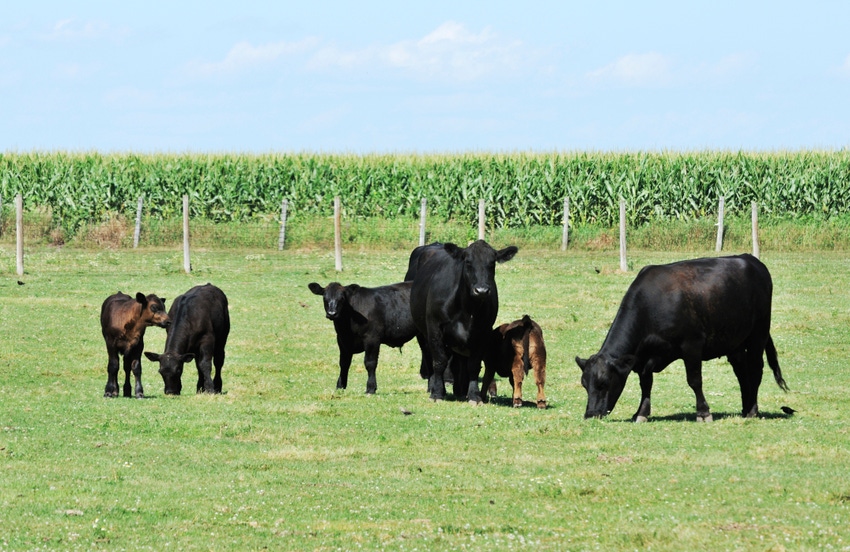More than two dozen states and Puerto Rico have approved use of vaccine.
January 5, 2021

University Products LLC officially announced this week the creation of a vaccine that has been successfully used to treat bovine anaplasmosis since 2000. Developed at the Agriculture Center of Veterinary Science at Louisiana State University and approved by the U.S. Department of Agriculture for experimental use, the vaccine has already been widely deployed with no side effects or adverse reactions reported.
Anaplasmosis is a parasite-carried blood disease that infects red blood cells and causes severe anemia and death in cattle, representing a significant annual financial loss to both farmers and the beef industry. A detailed description of the vaccine and its method of administration is publicly available for here.
For two decades now, the vaccine has been a highly effective treatment. So far, more than two dozen states and Puerto Rico have approved its use. Reports are overwhelmingly positive, and we're now looking to spread the word so that other beef farmers and producers across the nation are aware of the treatment.
Working to solve anaplasmosis problem
The vaccine does not prevent infection, but when properly used, significantly reduces clinical signs in at-risk animals. The vaccine requires two doses in the first year, with one annual booster each year thereafter. The treatment is safe to use in any stage of bovine pregnancy, and there has never been a reported case of Neonatal Isoerythrolysis (NI) in calves of vaccinated cows. It is also safe to use with animals suspected of incubating anaplasmosis and can be used in tandem with tetracycline treatments during an outbreak.
Historically, anaplasmosis has been notoriously difficult to combat, with most measures relying upon screening, biosecurity practices, and administration of low doses of tetracycline in feed or mineral supplements over the course of several months. The endemic spread of anaplasmosis has profound and serious effects for the entire beef industry. Published data on the exact losses suggests that the precise scope is difficult to narrow down, but conservative estimates place the clinical costs at roughly $400 per animal. And with upwards of a 3.6% reduction in calf crop, a 30% increase in cull rate, and a 30% mortality rate in infected adults, that represents approximately $1 billion loss for the industry per year.
You May Also Like


.png?width=300&auto=webp&quality=80&disable=upscale)
